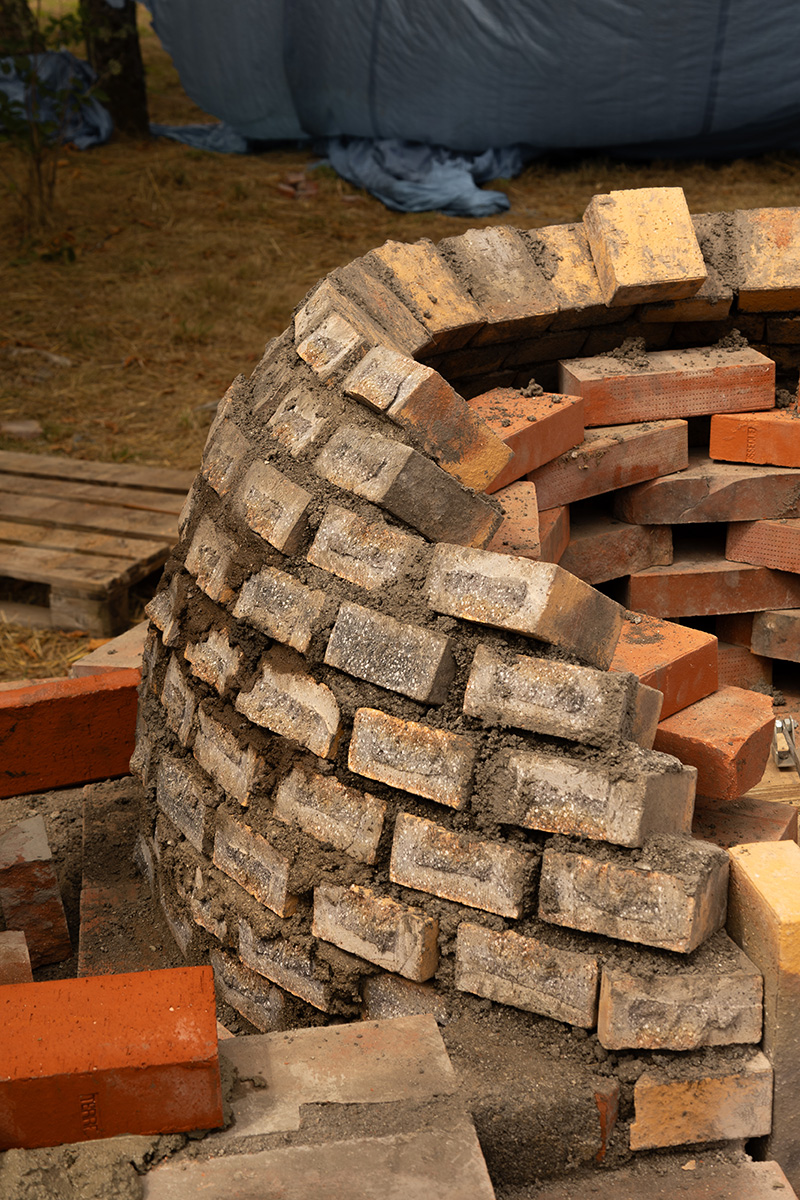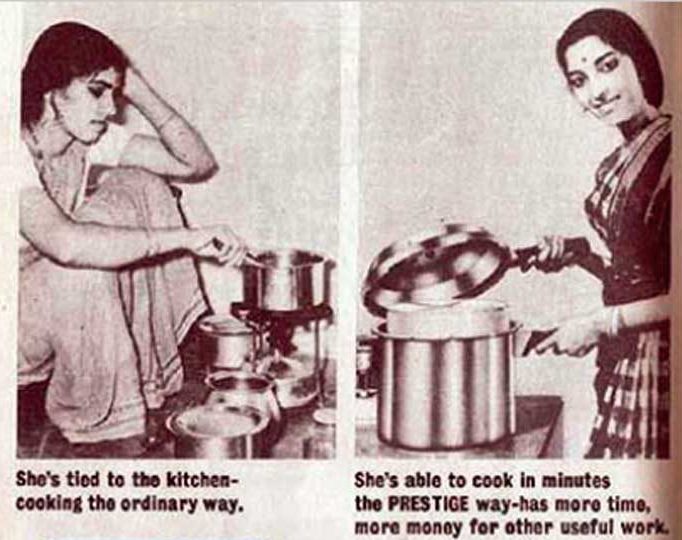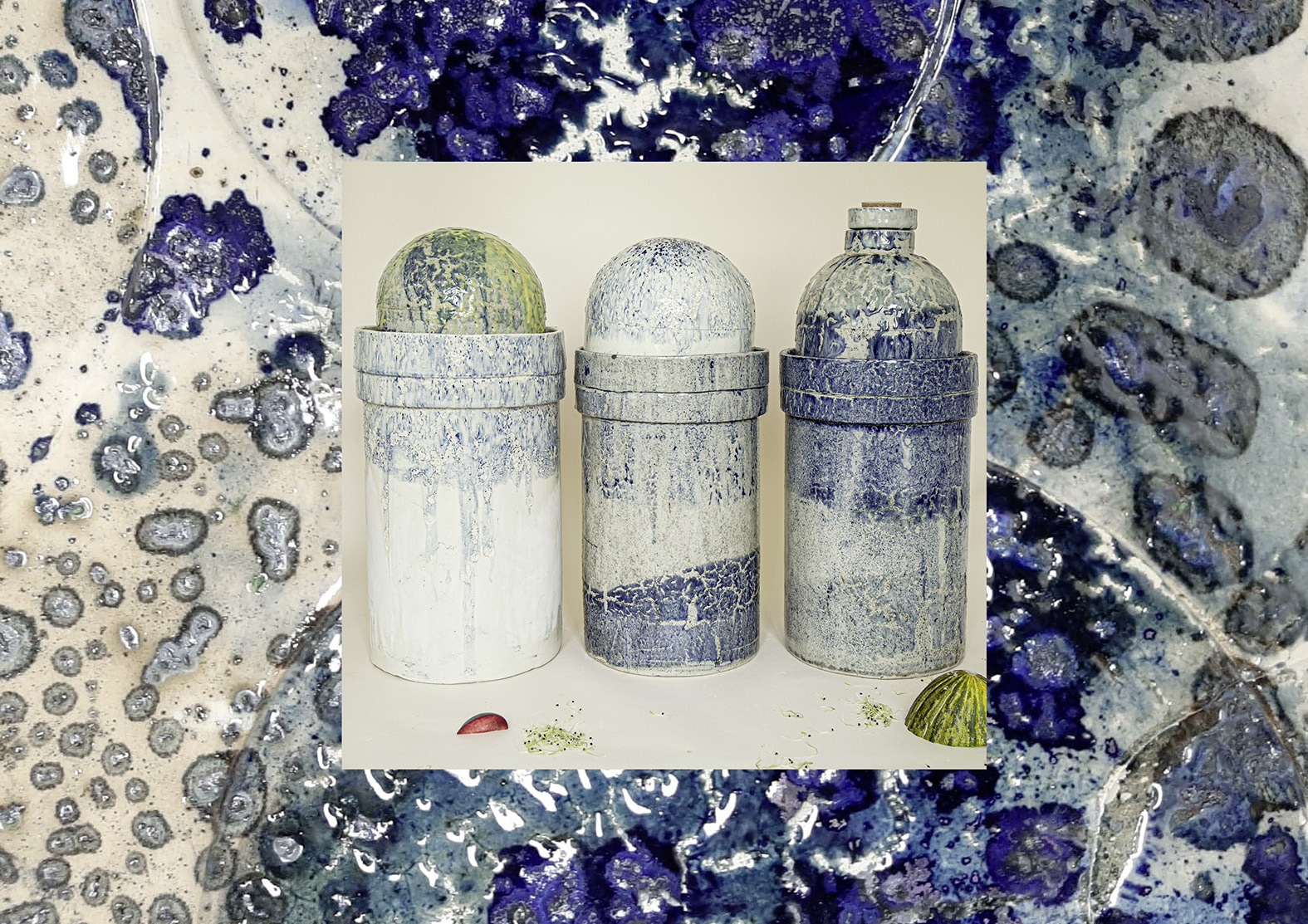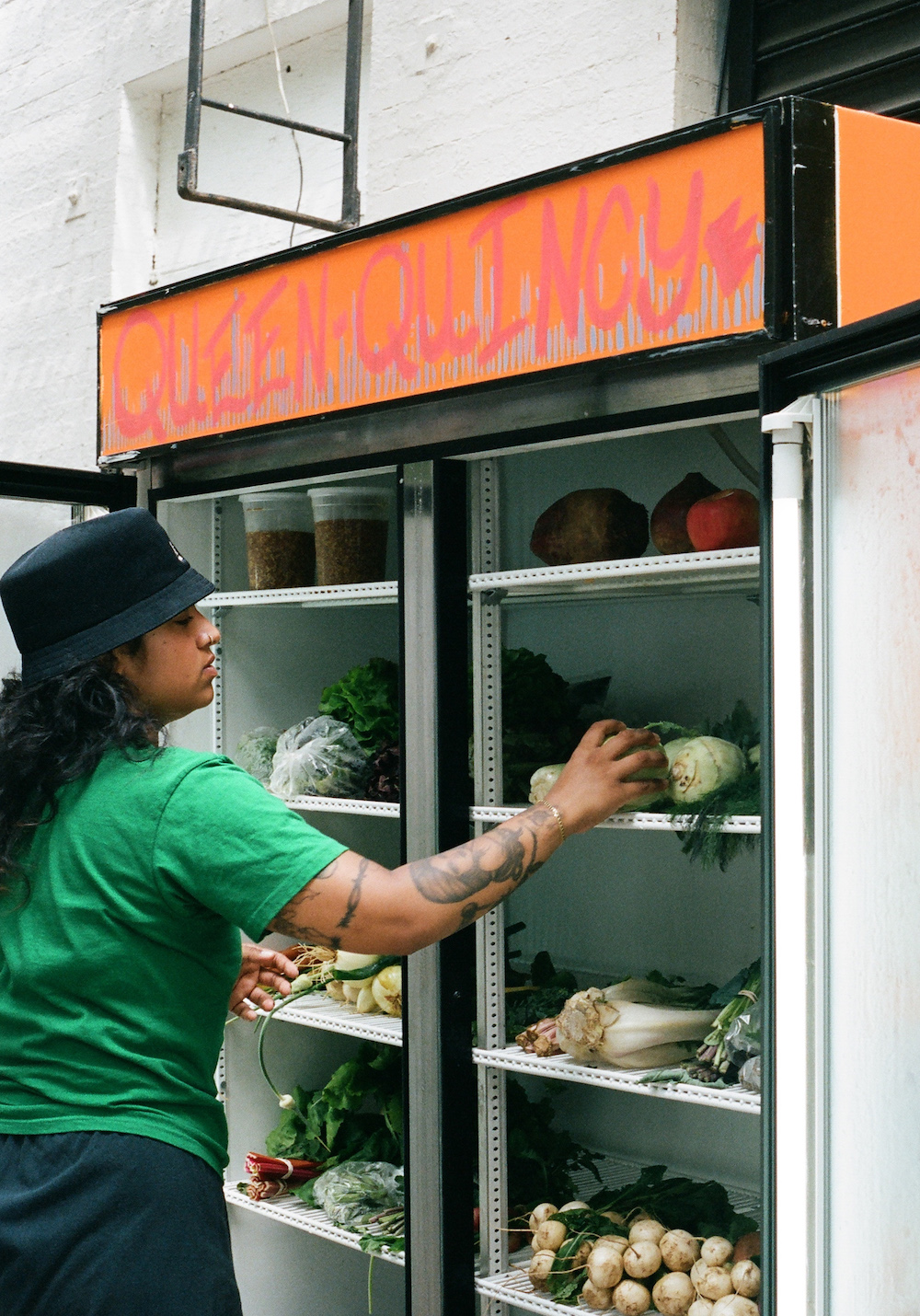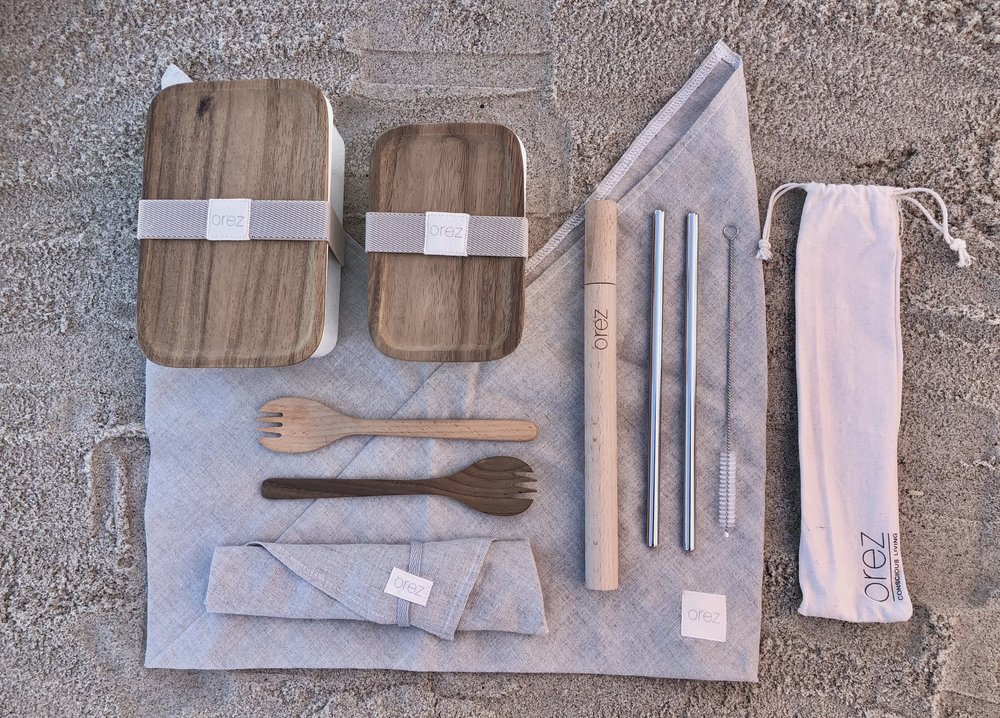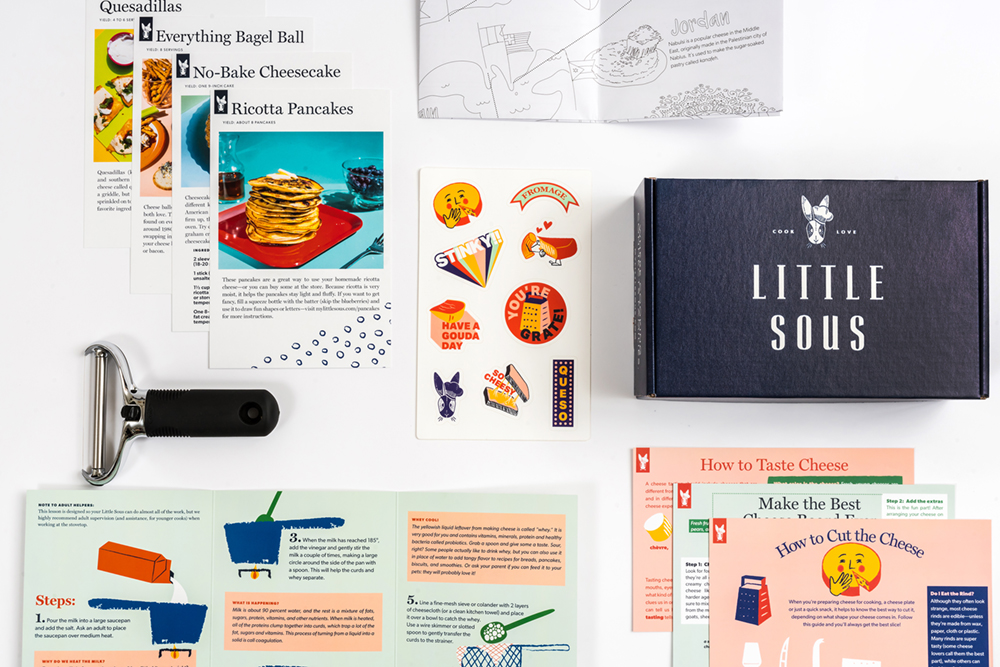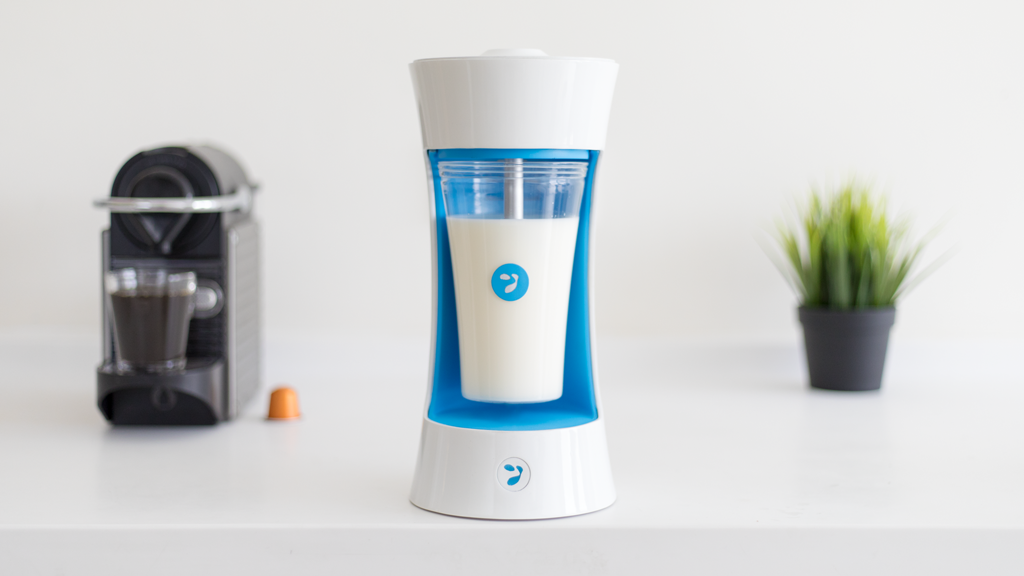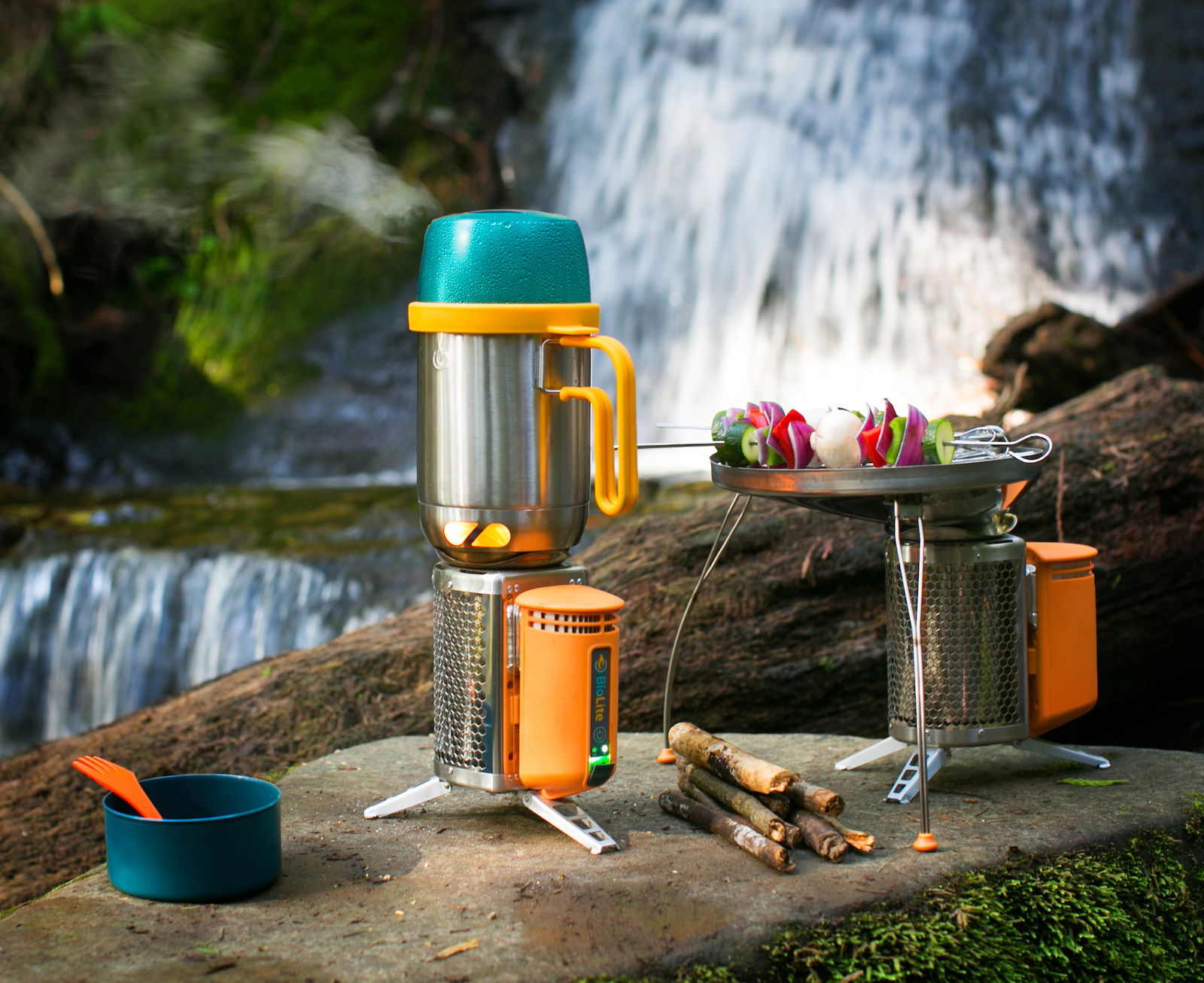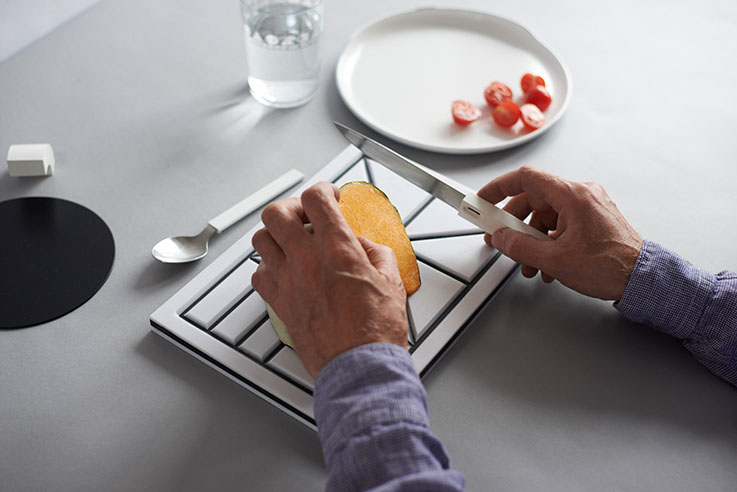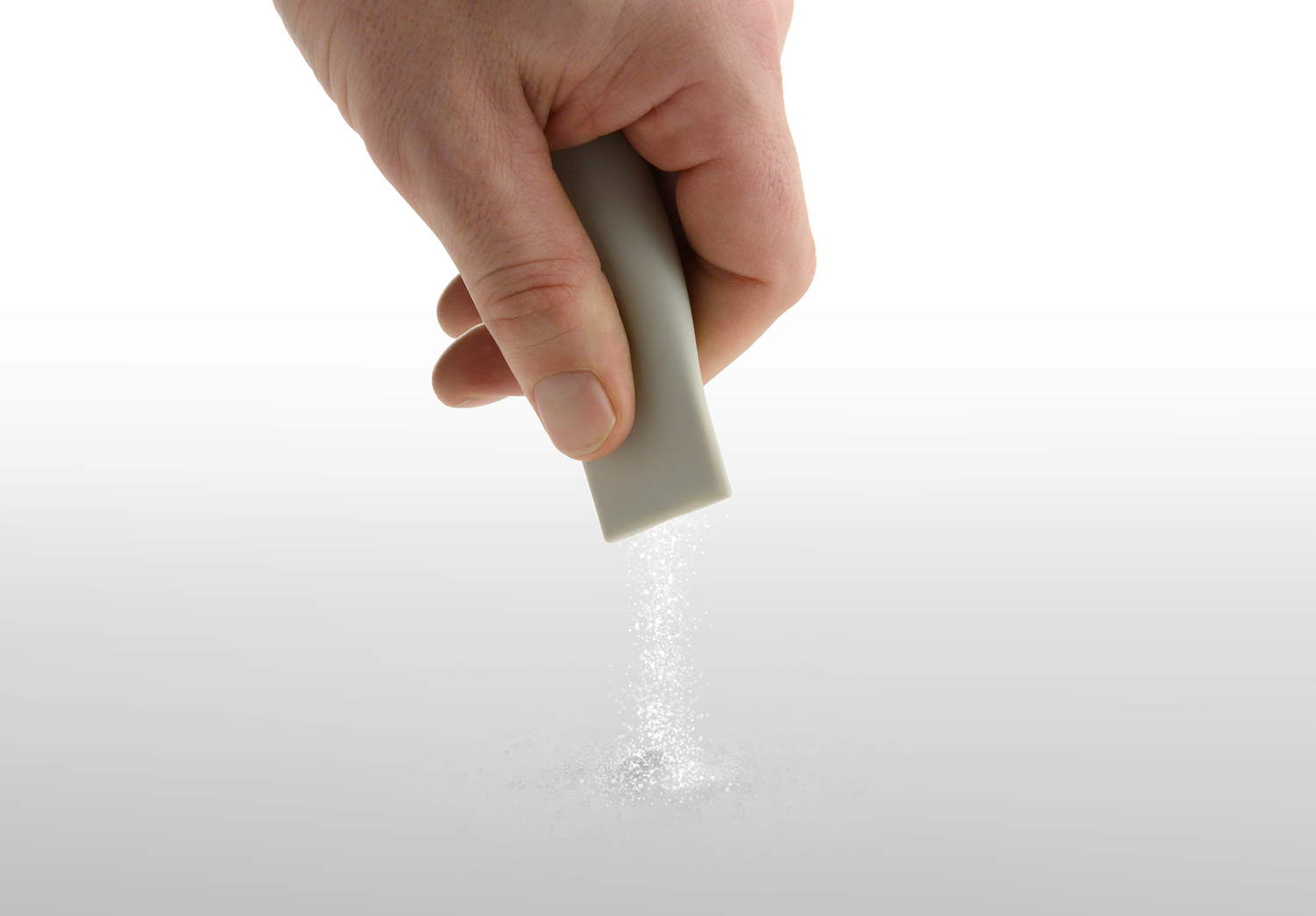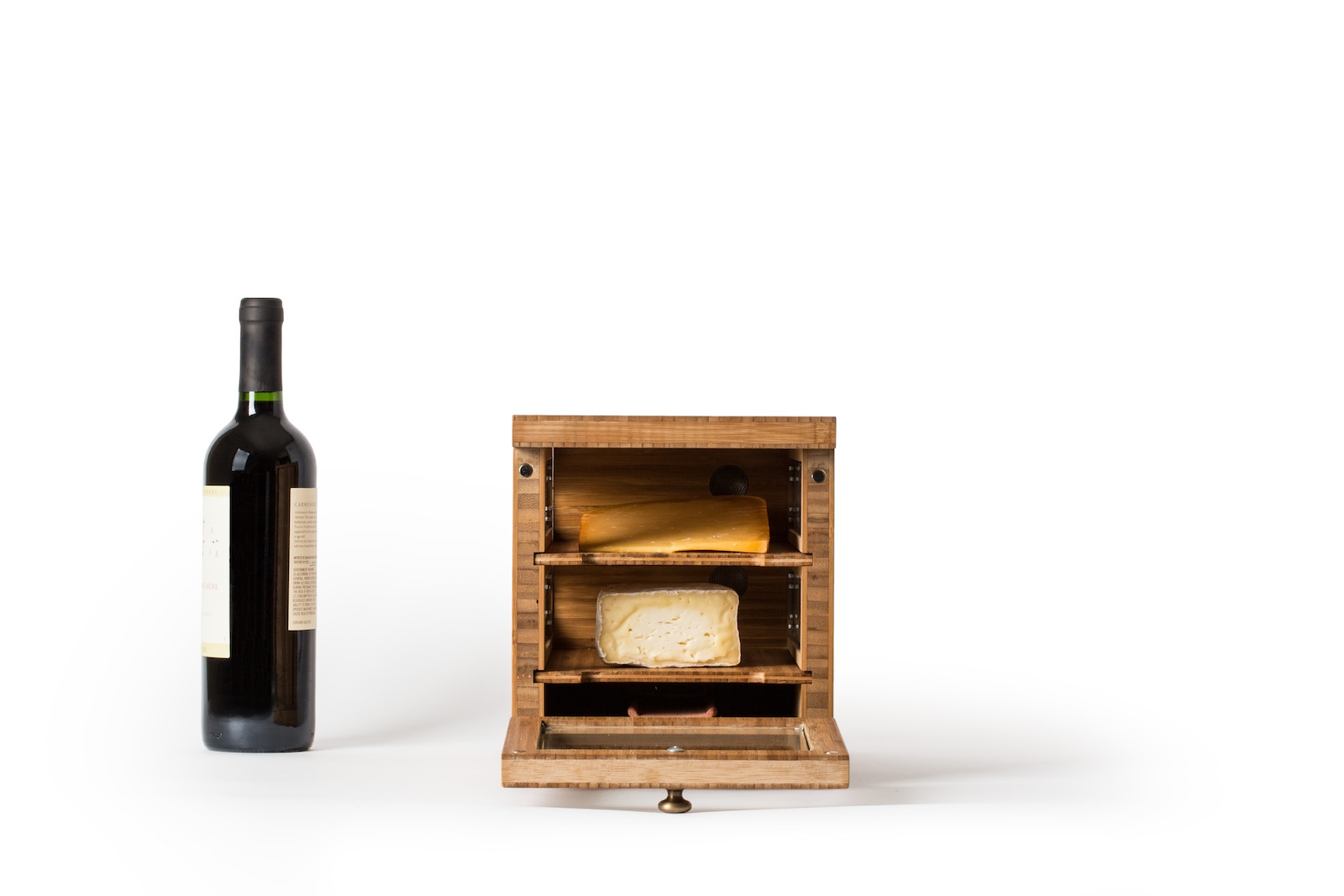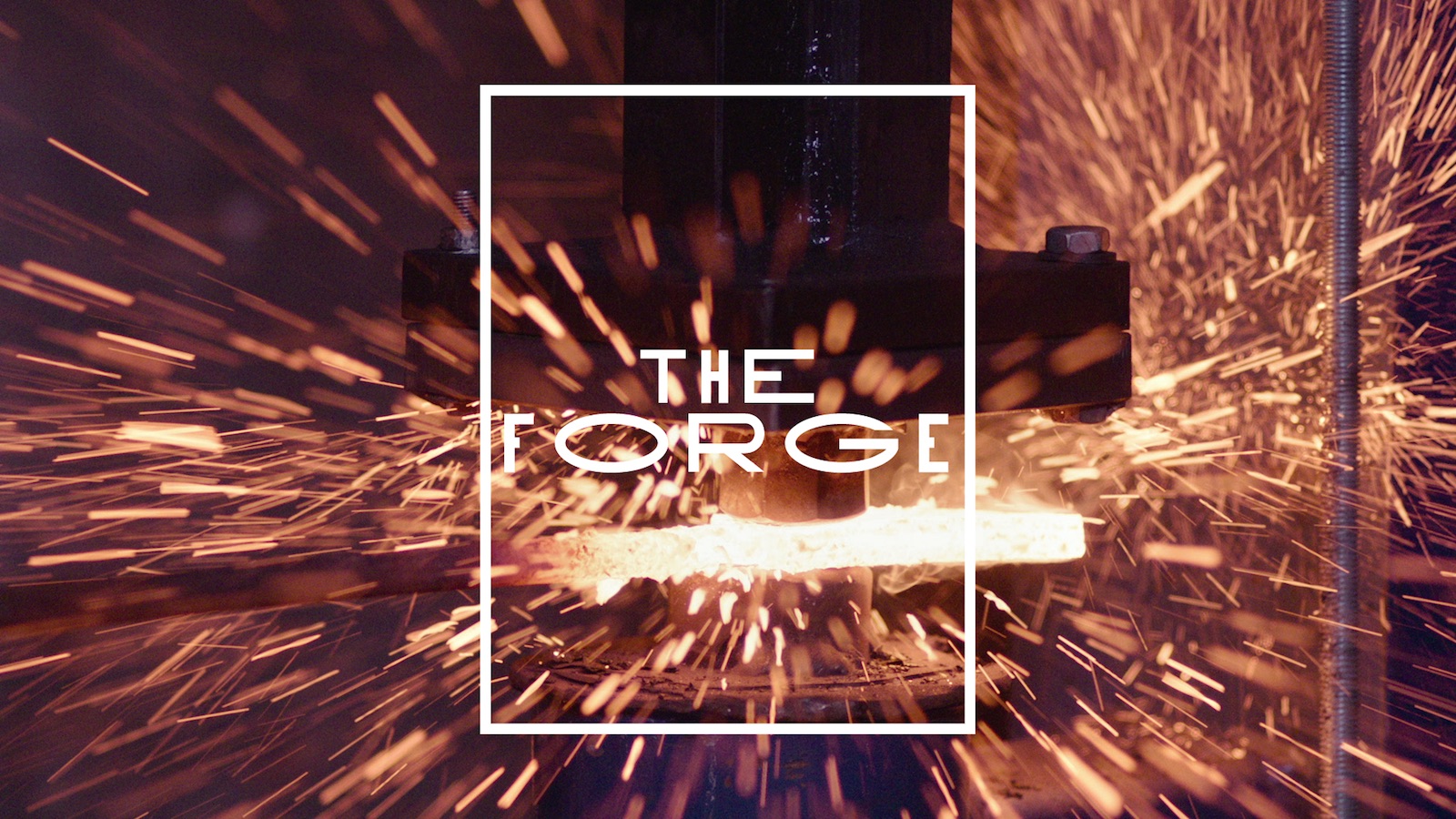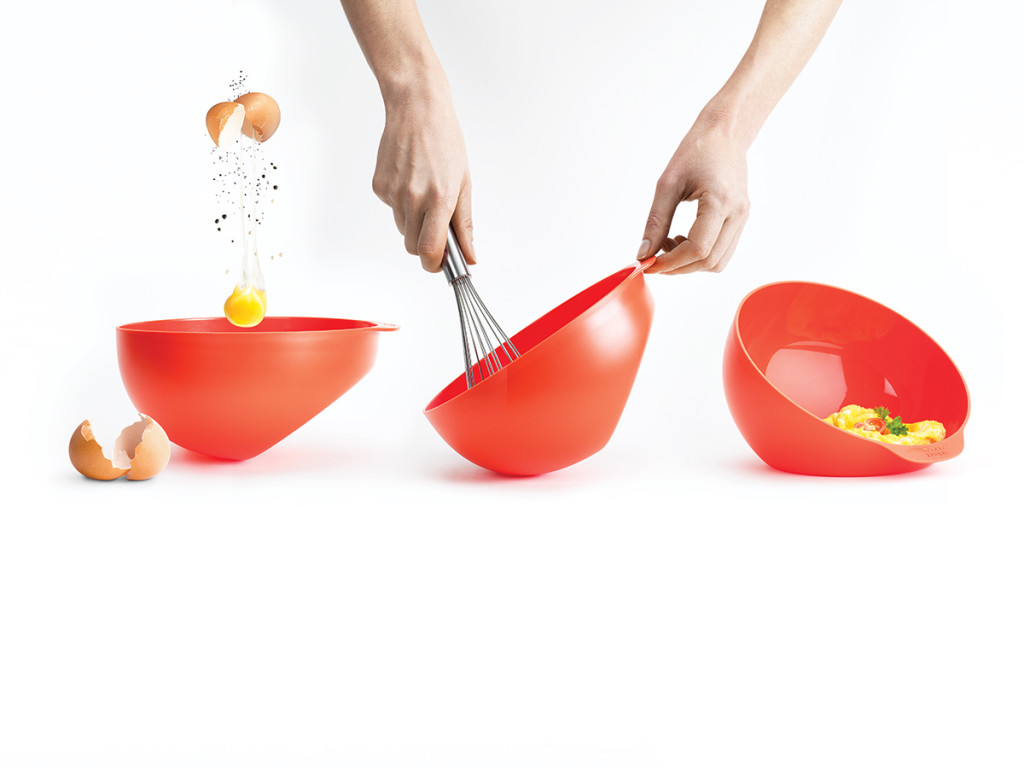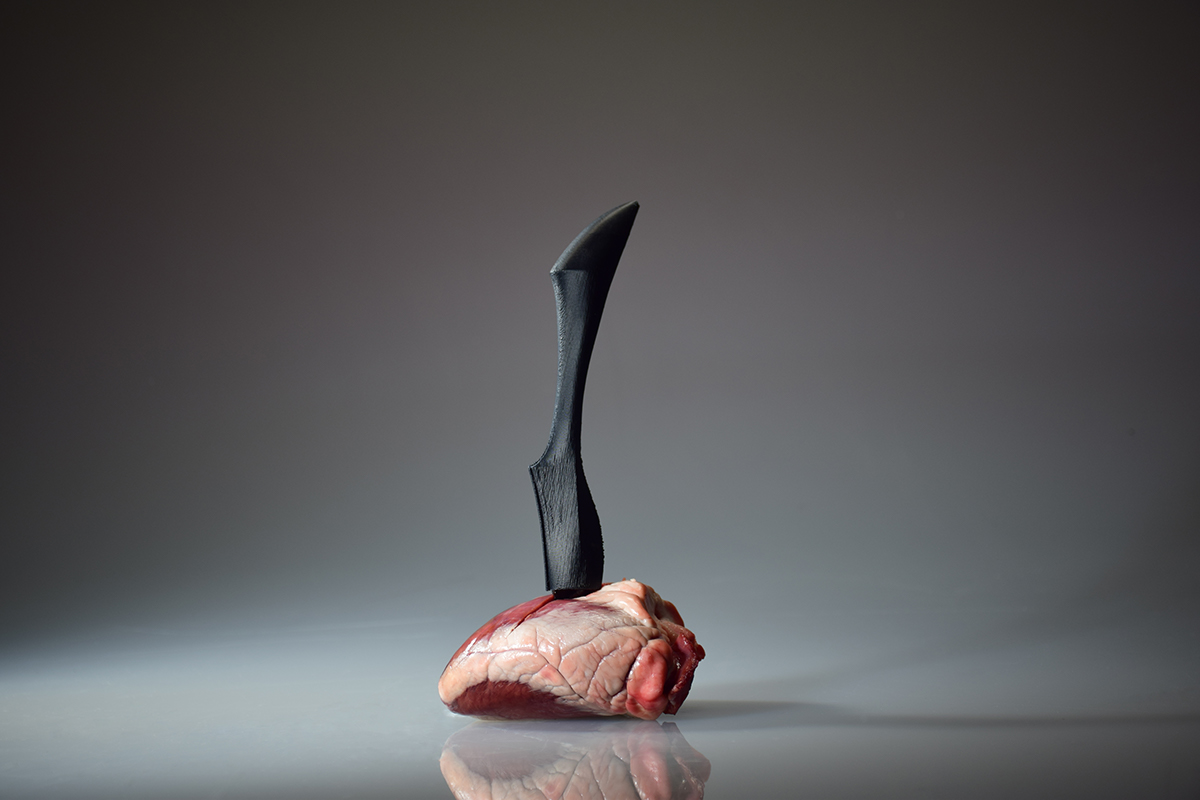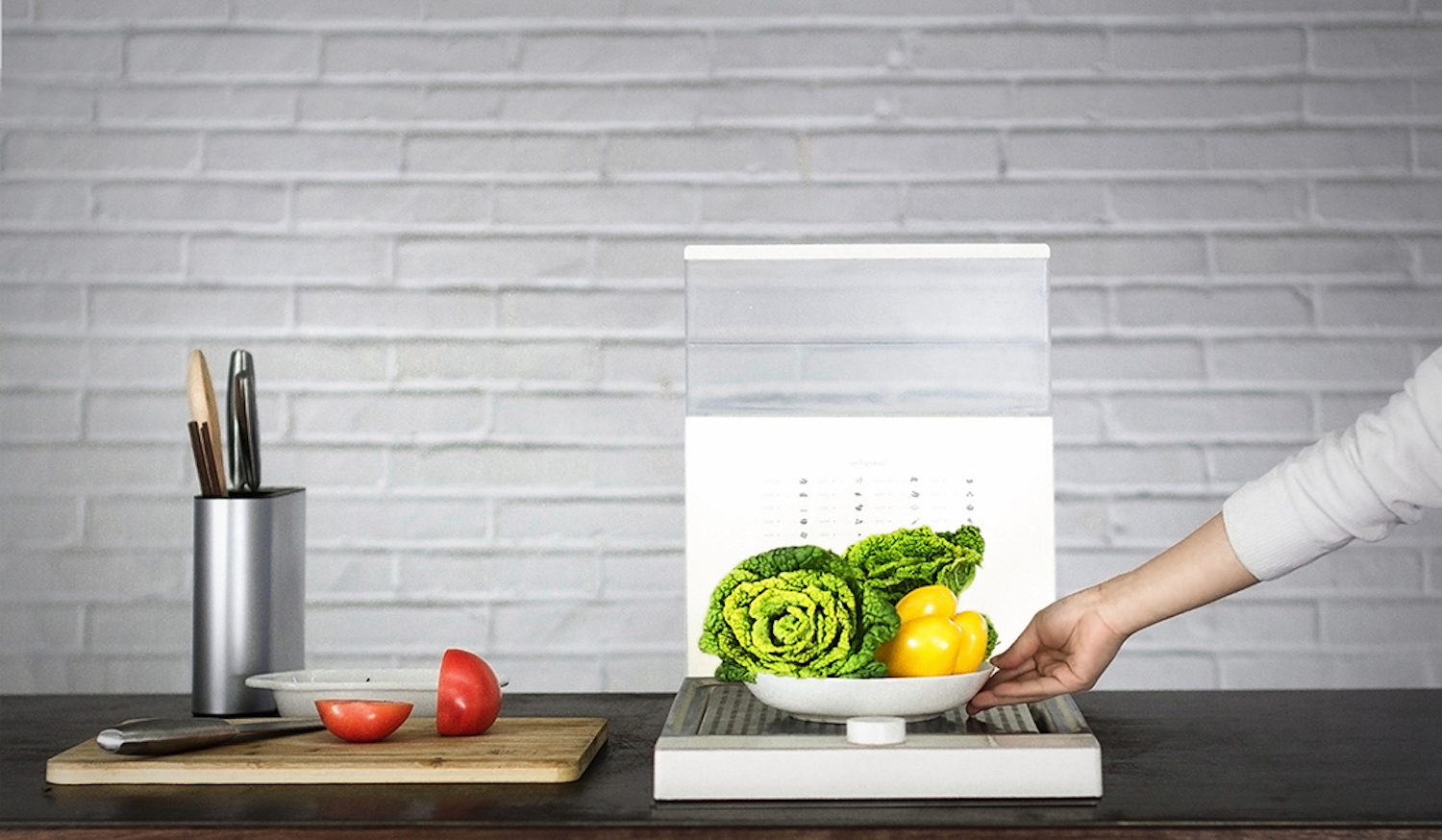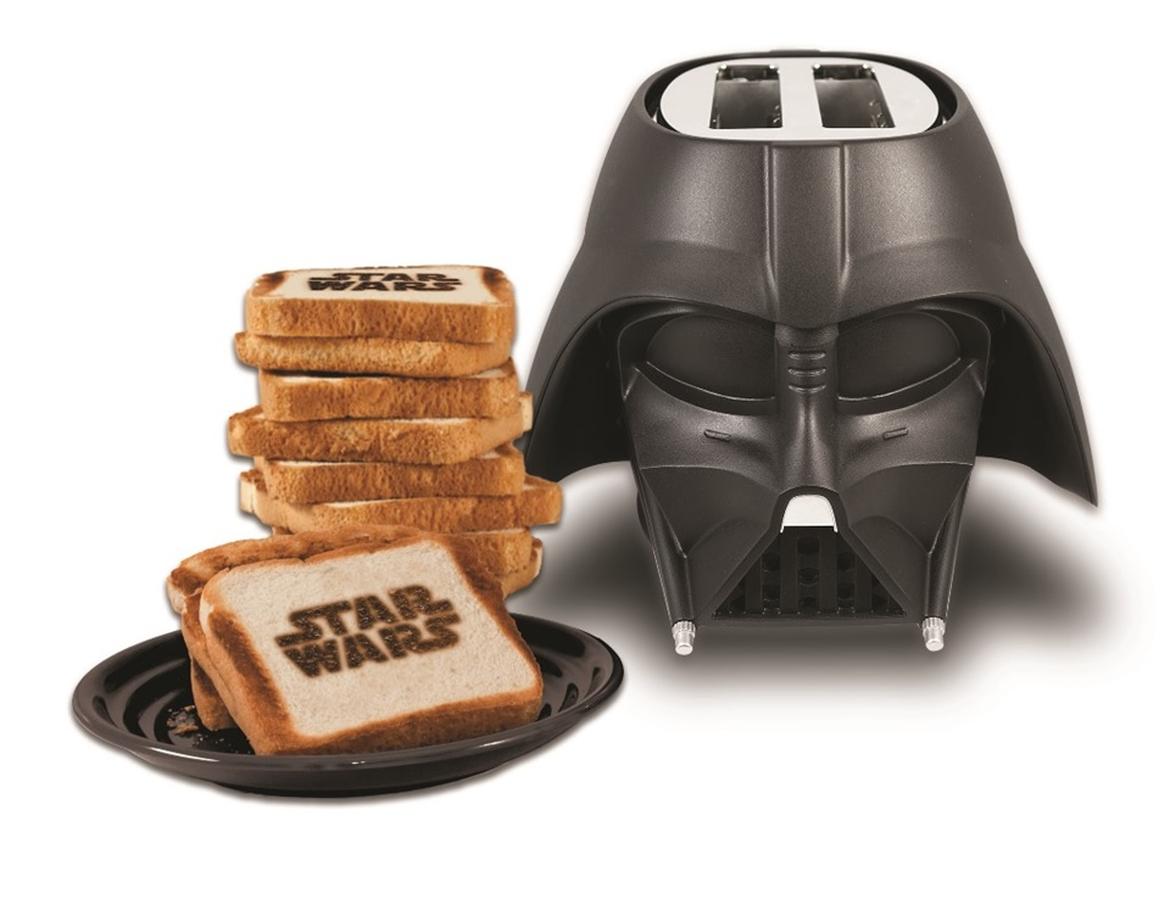This story is part of MOLD Magazine: Issue 02, A Seat at the Table. Order your limited edition issue here.
Life in Yugoslavia was not like life in the rest of the Eastern Bloc. For decades, the socialist state secured its prosperity by playing Cold War powers against each other—courting aid, trade and loans from both sides. Yugoslavs took foreign holidays, watched color televisions and ate imported fruit in modern apartments.
 A handmade wooden periscope was constructed by members of the Bosnian army.
A handmade wooden periscope was constructed by members of the Bosnian army.
It was communism with luxury—the best of both worlds—but it was all kept afloat by foreign debt, and within two years of the fall of the Berlin Wall, a quarter of the workforce lost their jobs, while almost as many again went unpaid. With bewildering speed, faith in the state collapsed and violent, nationalist movements sprang up, splitting Yugoslavia by ethnicity and religion. In 1992, as the country crumbled into civil war, Serb nationalist forces attacked Sarajevo, the small, diverse capital of Yugoslavia’s Bosnian republic that stretches along eight miles of shallow river in a steep mountain valley. Too weak to take the city, they cut off its water, gas and electricity, barricaded the roads and trained their guns on its population of 400,000 citizens. The siege would last for almost four years.
“When the first barricades went up, we didn’t know where to go, or what to do,” remembers Sevala Mrndzic, then a mother to two young children. “We tried to collect weapons and organize with neighbors to protect our homes, and people started getting food, grabbing everything inside the supermarket.” Routines were formed around the new constraints. When the taps stopped working in an apartment, people visited their neighbors on the floors below to see what was left in the system. When a building ran dry, they would follow the water downhill, to houses closer to the river, or to the city’s historic wells. Queuing for water became a daily duty, as did hauling full containers back home.
 A salvaged soft drink crate and roller-skate wheels were used to build a utility cart for transporting water.
A salvaged soft drink crate and roller-skate wheels were used to build a utility cart for transporting water.
As winter came, the cold crept in. Families burned books and boots to keep warm, prising up parquet floors to feed tin-can stoves. Most households moved into their safest room and slept, ate and cooked there, abandoning the fridges and electric ovens made useless by the lack of power. These new, makeshift kitchens became the center of life in besieged Sarajevo.
Sejda Dedovic lived with her husband in an apartment 100 meters from the front line. “A sniper was close by, so it was dangerous to go in and out. I knew that he could see me in any of the rooms—wherever I went in our home.” The authorities offered Sejda the option to move further inside the city, but she chose to stay, determined not to let strangers force her out. “My sense of dignity kept me alive,” she says.
Sejda arranged pots to collect rainwater during the day and waited for nightfall, when she would go out for supplies and firewood, scavenging from the broken hulk of a neighboring building that was regularly shelled. In the first months of the war, her husband brought home an improvised oven, made by his friends. Under-siege Sarajevans settled on two core designs for solid-fuel cookers. Most common was the sarajevska konserva, a stove made entirely from the cans in which humanitarian aid arrived. The other was the fijaker, a low, solid-looking but surprisingly light stove with a small oven and a chimney pipe. When Sejda’s husband arrived with a fijaker, they installed it in their short, narrow corridor, the safest place in the apartment.
 Sarajevans developed two primary designs for improvised ovens.
Sarajevans developed two primary designs for improvised ovens.
Once or twice a fortnight, Sejda, Sevala and other Sarajevans queued for handouts of humanitarian aid, including flour, oil, rice and canned goods. “I had never had food like that before,” remembers Sevala. “God knows how long it had been standing in some depot. Even the rice smelled old. Kind of yeasty. Imagine if you put cake in a box, and how that smells after a month. Imagine how it would smell after two years. The things we’d get didn’t taste salty or sugary. You couldn’t place them.”
Nothing was fresh, and everything came in bags or tins; herring in soya oil from Canada, spray dried full cream milk powder from Australia, canned mutton from Islamic Relief, instant yeast from Turkey and US army surplus crackers in mud-colored packaging. Sometimes there would be rice, but no flour. Sometimes flour, but no rice.
“Before the war, we had everything we wanted,” says Mediha Jabucar, an elegant woman who continued her work in social care throughout the conflict. “And when the siege started we just wanted to pretend that everything was still normal, that we were still the same and that we ate the same food. We tried to deal with the problems around us as if they were nothing out of the ordinary. So we invented things. We fantasized.”
Bosnian coffee, unfiltered and gently boiled, is the central social ritual of Sarajevo life. During the war, real coffee was only available on the black market. A single kilogram sold for up to 150 Deutschmarks, equivalent to US$390 today. For most Sarajevans, real coffee was completely unaffordable, so they drank a range of coffee substitutes related to where they lived and who they knew. Sevala made coffee by toasting uncooked rice on a stove, then grinding it. Mediha did the same with lentils. Sejda uprooted dandelions and roasted them in her oven for her husband and soldiers that were passing through. “It was dangerous to go and pick dandelions,” says Sejda, shaken by the memory. “You had to be quick because of the snipers, so you’d take whatever plants were closest to you and get back inside, fast.”
 Sarajevans built tools from the objects available to them among their limited resources.
Sarajevans built tools from the objects available to them among their limited resources.
These were the Serb nationalist snipers that shot elderly women, young children and babies, indiscriminately, in broad daylight. What possesses someone to run out in front of those gunmen, just to pull a weed from the grass? To use precious water to wash it, precious fuel to bake it, and more fuel to make a small drink with no nutritional value or stimulant effect?
On a summer’s day in Sarajevo, Sejda showed me how to find and uproot dandelions, how to peel and chop them, and together we had a cup of dandelion coffee. It was slightly darker than real coffee, with the same foam on top and a similar soft bitterness on the tongue. It looked like the real thing, and though it smelled and tasted different, it felt like the real thing, too. More than the coffee itself, the grinding and pouring and waiting for the sediment to settle conjured a moment gained and out of time. Holding the small fildžan cup in one hand, I could imagine how a bitter weed could be made into a thing of pride, and scrabbling in the grass might be an act of defiance.
Mediha drank her daily coffee at work, in a small office where she and 14 colleagues squeezed around a tin-can stove every morning to swap recipes. “We would discuss the things we had cooked the previous evening, dictate recipes to each other and write them down,” says Mediha. Rather than original creations, the “war recipes” Mediha and her colleagues collected were efforts to recreate food they enjoyed in peacetime, such as mayonnaise made from flour and milk powder, cheeseless cheese pies filled with overcooked rice, and approximations of regional branded products such as Eurocrem spread and the condiment Vegeta. Because supplies would differ from week to week, they had to constantly reinvent ways to replicate the past, and Mediha’s book records multiple methods of making the same thing: five types of mayonnaise; three kinds of Eurocrem. “I knew I could never get close to the taste,” says Mediha. “But I wanted to get the shape and consistency, because when you eat together, the way you serve food is important.”
 A watering can is made from a converted USAid oil tin.
A watering can is made from a converted USAid oil tin.
“Everyone was sharing recipes,” says Mediha. “Neighbors were always together, in each others’ kitchens, exchanging information.” Revelations could spring from nowhere. When Sejda mentioned to her visiting sister that she missed having bicarbonate of soda to raise cakes and bread, she learned that she could find it in her fire extinguisher. “It was so important to survive,” says Mediha. “But it was even more important to survive with your family and friends, and that forced us to do new things and experiment.” Mehida remembers an erstaz strudel recipe created for a retirement party, and little egg powder cakes at a wartime wedding. During the siege, Sejda celebrated Eid al-Fitr every year by making baklava. It was never true baklava, and it took two days to find the ingredients to make it, but eating it with her family and neighbors was “the most important feeling” for her.
Confronted by the stark need to survive, Sarajevans knew better than anyone that food was not just fuel. Instead, each household guarded a spark of humanity around the glimmering hub of an oven or stove. Cooking, improvising and maintaining food rituals became a daily act of creation, a way to assert their existence against a backdrop of random violence.
